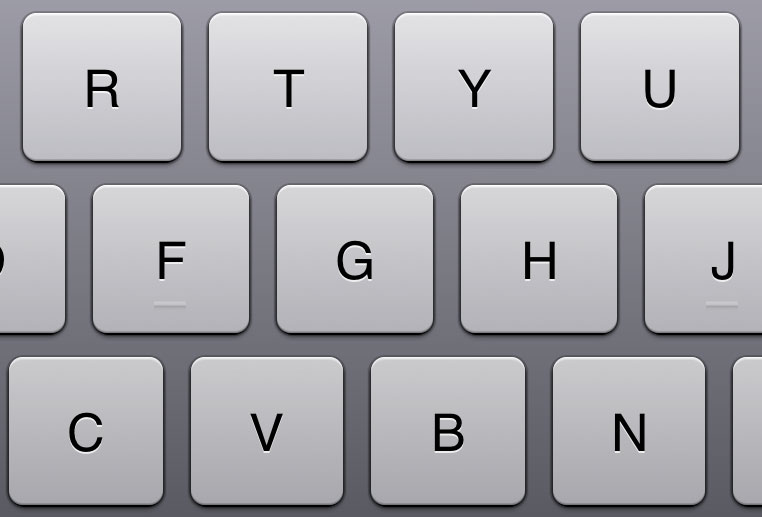Video vs text? Fight!
What’s the future of text?
I’m going to be talking about this at a seminar in October, and it’s a fascinating subject. But right now I’m thinking about something a bit different: as things go increasingly digital, will video take over traditional magazine content?
Strange question. Here’s where it came from: an ex-student of mine said that he’s not going to go into the magazine publishing industry after all, because he thinks it’s all going to be video content in the end. Page layouts in the traditional sense and even as digital page designs with text and static pictures will be largely history pretty soon (he feels), so he’s not going to set up a career in what he thinks is going to change radically from what it is today. It is an interesting position to take. But is he right? Personally, I think not.
Video is an incredibly expressive medium. Used well, whatever you want to tell is expressed through multiple media channels in parallel: words (both spoken and subtitled), tone of voice, music, sound effects, facial expressions, through to the style of editing and of framing the image (the simple difference between a tight head crop and pulling back to include the environment can be dramatic)… and all that takes a huge amount of production effort.
Video is high-maintenance, high-effort, to create. It’s a format that takes careful planning, capturing, editing and refining, not to mention optimising for different bandwidths and devices. Even gonzo-style ‘vlogging’, the shoot-from-the-hip approach to banging out video blogs, takes a surprising amount of preparation to make it watchable. Text is different; it just needs typing out, a bit of editing and, at production stage, some formatting. That doesn’t mean it is trivial to produce, but it isn’t as labour-intensive as video by a long chalk. It’s the Martini of the media world; making it can be done anytime, anyplace and (redundantly) anywhere.
It isn’t always the perfect choice. One big problem with text is that at times it can be tough using it to express truly subtle, layered meanings. Anyone who’s ever been misunderstood in an email or SMS knows this very well. Smileys were invented to help solve this problem. (They were also invented far earlier than almost anyone realises, first appearing back in the 19th century – see MacUser vol 27 no 15, page 76 for details.) But with a bit of time for refining how something’s said, and given a bit more space than a tweet, text or telegram allows, it’s possible to distill most subtleties into plain words.

For me the biggest problem with the idea of video as the magazine content king isn’t really to do with the time it takes to make it. No, it’s actually with the awkwardness it can bring to content consumption. First of all, it is more cognitively demanding than a page or two of text and photos. Here’s a part of the problem: skimming through a video is much harder to do than skimming through some text. If you’re looking for something specific it’s far easier to hop, skim and jump through a few pages of prose than it is to go through a few minutes of footage. There’s another problem with this stuff that almost all of you have probably experienced. Anything with sound, which means virtually all video content, can be quite antisocial to play. Almost anywhere – in the office, on a train, in a dentist’s waiting room, sitting at home if someone’s watching TV already – if you don’t have headphones you simply can’t watch videos without annoying people near you. It doesn’t matter whether it’s NSFW or totally innocent, just playing things can be intrusive.
Some early examples I saw of iPad magazines showed full-page interactive video ads that jumped to noisy life when the unsuspecting reader swiped into them. I suspect they quickly put people off browsing the virtual pages of those magazine for fear of being ambushed by any more ads, especially since the ads couldn’t tell if they’d been seen already and jumped up again, every—single—bloody—time.
But don’t misunderstand me; I know videos can be incredibly powerful things – largely because they are so rich and expressive and demand all that attention. It is the perfect format for many needs. For example, I recently published something online to do with long-distance skating. This included a set of brief tips from Dave Cornthwaite, the man who’s skated further than most people have driven. (First the length of Britain, and then 3600+ miles across Australia, in case you’re curious. On a longboard. Yes, really.) It would have been more concise if I’d taken the interviews and turned them into a set of perfectly-edited paragraphs, and far more Google-friendly too, but the video clips have a power that typed-up sentences just couldn’t match. Video can give things context and validity. In this case, in one clip, it meant Dave looked the viewers straight in the eyes and told them that yes, they WILL wear a crash helmet on their long-distance skate adventures. That just wouldn’t have had the same gravitas if it had been turned into type.
It could be that I feel this way about my student’s views partly because I’m moderately well practised at putting words together and somewhat less experienced at doing the same with bits of video. It’s probably true, too. I’ve been tinkering with video since the days of QuickTime beta CDs and the Video Spigot, but it’s never been a full-time focus for me. At the moment I leave the majority of video work to my skate mag colleague; he’s so good in that field that I just worry about how it all goes together into the iPad and web layouts.
Because THAT – putting all these different media types together – is what digital magazines are about. They’ll never just turn into vehicles for video content, just as video never actually did kill the radio star. Things change, sure; it’d be madness to say otherwise. But the beauty of digital magazine design and production is being able to pull together whatever kinds of content make the most sense for the subject and the audience. If that’s video, great. But it’ll probably also be static images, words, perhaps audio, and of course interactivity. The key, as always, is ‘appropriate’. Use whatever mix of media is appropriate for your readers and for the story you’re telling, and see if you can use it to give people multiple ways to get hooked into your article. That’s never changed – we just have more specialisms to master. Which means more things to play with.









